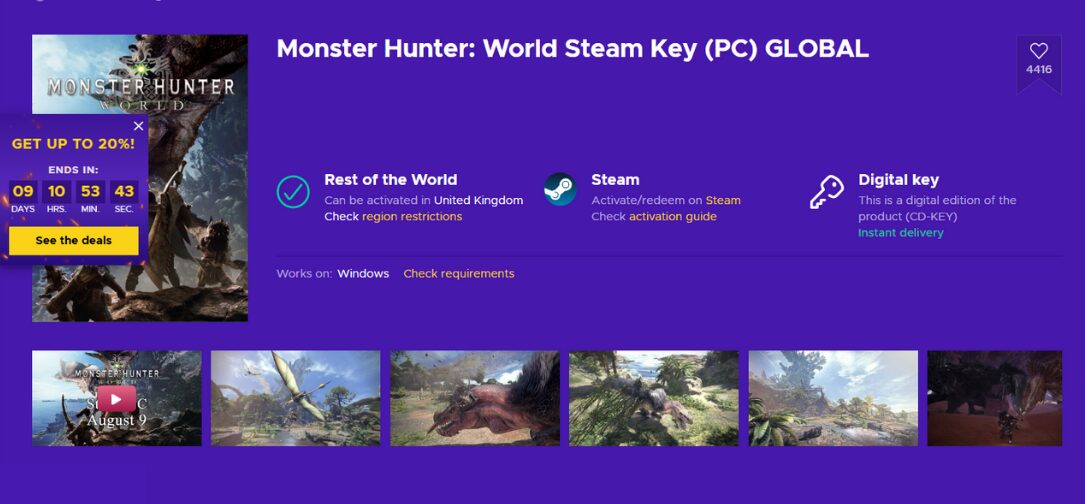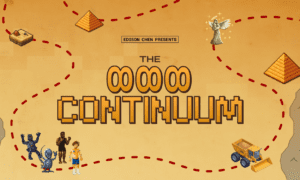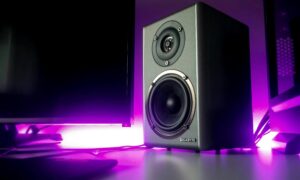In an industry obsessed with over-promising and under-delivering, Capcom did something almost suspiciously rare: it built a game engine that actually works. And not just “doesn’t crash” works – we’re talking buttery-smooth, jaw-droppingly gorgeous, shockingly versatile works. The RE Engine (short for Reach for the Moon, because sure, why not) was born in horror, matured in action, and now silently powers some of the most technically polished games in the business.
It didn’t need a massive showcase. It didn’t demand a keynote. It just showed up, ran flawlessly, and left other studios awkwardly side-eyeing their in-house tech like, “Why can’t you do that?”
From Haunted Houses to Hellscapes
Capcom originally built the RE Engine to bring Resident Evil 7 to life. It had to deliver photorealistic visuals, immersive lighting, and deeply uncomfortable levels of detail on things like mold, roaches, and sweaty basement men with chainsaws. Mission accomplished.
But where most engines get locked into one genre, the RE Engine refused to stay in its spooky lane. Next thing you know, it’s powering Devil May Cry 5, throwing particle effects and hair physics around like it’s auditioning for a K-pop video. Then Monster Hunter Rise gets in on the action with shockingly smooth performance on the Switch, of all places. Suddenly, this thing is running across platforms like it’s playing New Game+ in real life.
And yes, Monster Hunter World predates the engine’s full rollout, but let’s be honest – you pick up a Monster Hunter World key today and you’re still getting Capcom’s transition into RE Engine territory. It’s the warm-up act. The proto-Renaissance. The “before” picture that still looked better than most games’ “after.”
What Makes the RE Engine So Good?
You mean, besides the fact that it makes Resident Evil Village look like a 4K fever dream on even mid-tier hardware? Fine, here’s a breakdown:
- Scalability: From Switch to next-gen consoles to toasters powered by spite, the RE Engine scales beautifully. Whether you’re running a cinematic horror game or a fast-paced brawler, it adapts.
- Performance: Minimal load times. High frame rates. Very little fan screaming. You can practically hear your GPU saying “thank you.”
- Toolchain: Devs at Capcom have openly said the RE Engine is flexible and developer-friendly, which is just code for “we don’t hate our jobs anymore.”
- Visual Style: It somehow balances realism and stylization. A rotting zombie looks grossly believable. So does a demon hunter doing air flips with sword-nunchucks. That’s range.
While Unreal and Unity have the marketing clout, RE Engine just sits there in the corner being better at everything without a blog post about it.
The Engine of a New Era
What’s wild is how many of Capcom’s recent successes owe their polish to this engine. The Resident Evil remakes, Street Fighter 6, Dragon’s Dogma II, one thing’s clear: whatever comes next will look and run like a dream, because the engine underneath it is quietly doing laps around the competition.
Capcom didn’t just reinvent its IPs – it reinvented how it makes them. And the RE Engine is the invisible skeleton holding it all together.
How to Experience the Foundation
If you want to see the engine’s DNA in action – even in its pre-RE days – grab a Monster Hunter World key and take a tour of Capcom’s turning point. It’s the game where scale met quality, where legacy started syncing up with modern design. And while it may not run on RE Engine proper, it paved the way for everything that followed.
Want the full experience? Then pick up Resident Evil 2 Remake, DMC5, or Village. Just make sure you’ve got room on your hard drive and the emotional bandwidth for ultra-crisp facial animations.
And when you’re ready to join the beautiful cult of performance nerds, digital marketplaces like Eneba can get you your keys for less.



































